https://www.youtube.com/watch?v=eUIZ_bKYlTU
Martha Stewart Teaches You How to Make Pasta from Scratch _ Martha's Cooking School S2E5 'Pasta'
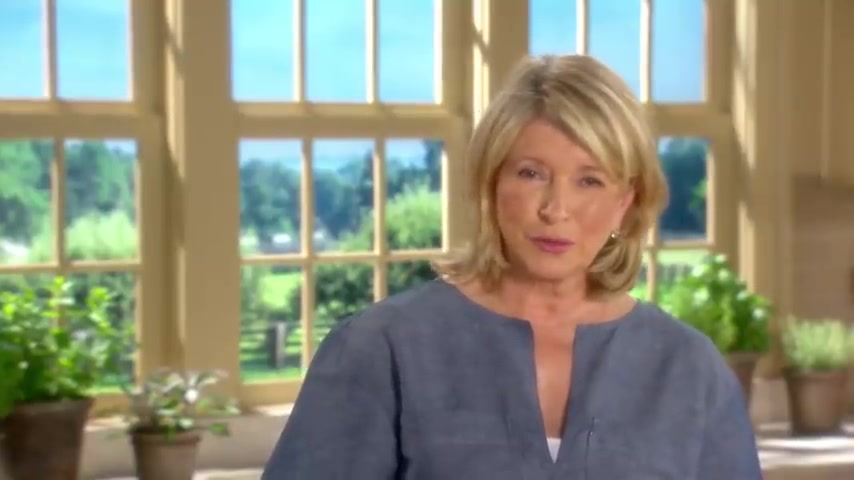
And shaping pasta is an art form .
Look at all these amazing shapes .
There are so many past abilities .
But first , I want you to see a master's hands forming and shaping pasta .
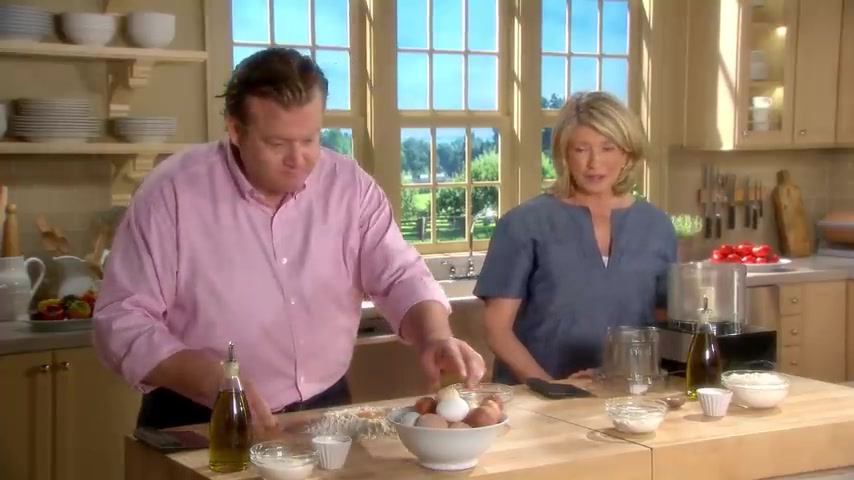
Making fresh pasta is a very quick and simple process .
All you need are four basic ingredients , flour , eggs , olive oil and salt .
And for the best results , these ingredients must be of the finest quality .
Now , I have Michael White here who is pasta king and uh he is going to show us how to make with a double zero flour , 00 flour and some very beautiful fresh eggs , the basic pasta .
So you've created a little volcano volcano a little .
Well , you know , this is obviously a process that's uh can be quite messy , but that's fun to get the kids together and everybody make a , make a little volcano for everyone .
A well , in other words , a little bit of salt and uh just maybe I , I won't measure but just uh less than a tablespoon , less than a table .
Yes , exactly .
And what does the oil do in the past ?
You know , it gives a little shimmer to it and it gives it a little elasticity .
Sometimes the eggs are different sizes .
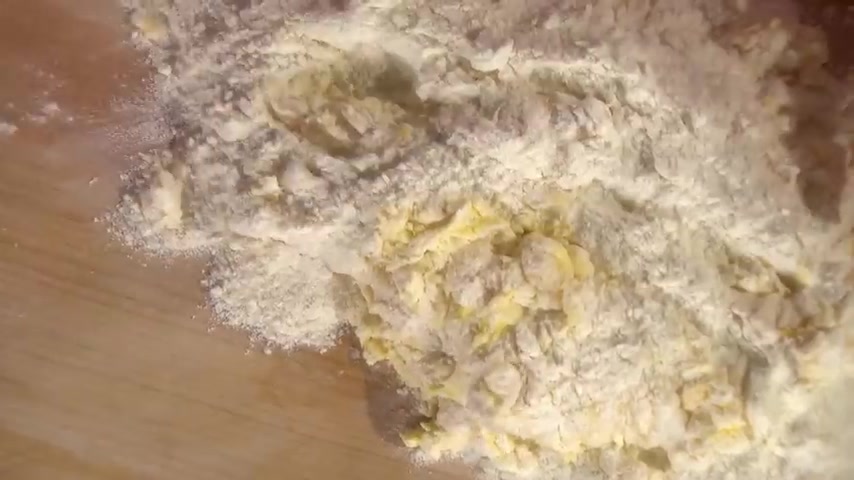
These eggs happen to be , I would say a medium man .
And so for 100 g of flour , one egg .
So it's kind of between a medium and a large .
So my hens lay these just for you just for me .
Well , listen , they're fantastic and , and there's so many different varieties and you can see that they have a fantastic diet because they're nice and bright .
You know , I'm talking to a man who has how many restaurants serving pasta , 88 restaurants serving pasta and he could buy dry pasta and serve that to everyone .
But you do make almost every single , every we , we do not use any dry pasta whatsoever .
That's as they say in New York , that's my shick .
It is , and it is a delicious .
And so you can see how I'm bringing this together and , and I'm doing it kind of really gently , gently in the sense that we , we want to just see it come together and , and the crumb starts to .
So , so the gluten is starting to starting to relax and you can see it becomes a messy process .
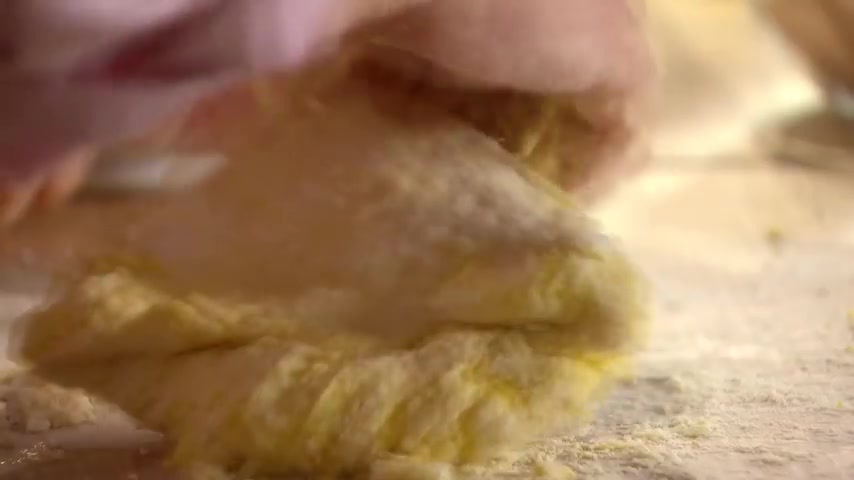
But this all will in about 5 to 10 minutes will completely dry up .
Now , double zero flour is , is , is like a , a right .
Exactly .
Some people get confused about the fact that they'll say , oh , it's a low protein flour .
It has nothing to do with the protein content in the flour .
It has to do with how fine it is and it gives you that very supple quality , which is when you put a great sauce with it , it's quite uh so should I make a um a food processor pasta ?
I would love to see it .
OK .
So sometimes when you're really rushed , you could do a food processor version of the same thing .
And it's again , two cups of flour right into the processor and your pinch of salt and you can actually break the eggs right down the neck of the food processor .
So , uh , we're going to put three eggs the same as yours since this is your recipe and start pulsing a little bit in his time .
Yeah .
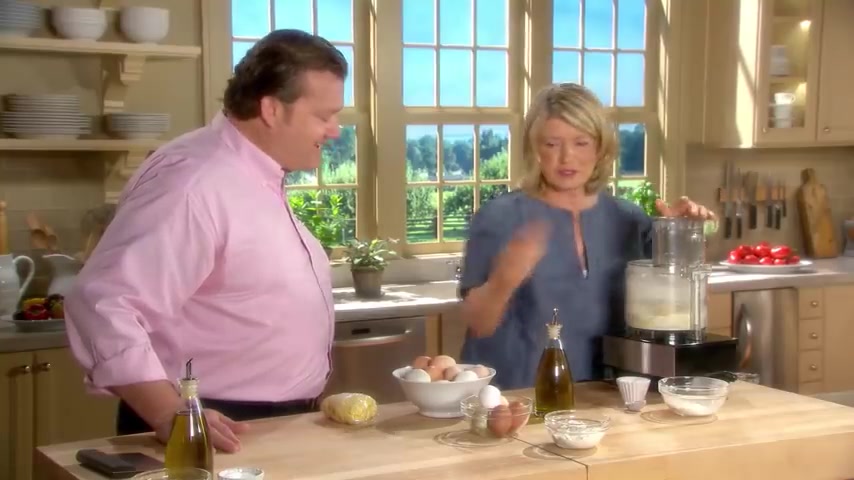
And I don't overwork it because that would be the death knell of this pasta is to overwork it .
That's the same with pizza day as well .
Yeah .
Right .
Oh , wow .
I'm learning all this .
See , it looks good and just sandy and , and your little tiny bit of oil perfect .
And that's it .
So , in the number of seconds that took , um , compare to what I'm doing here .
Yeah .
But see , now we start eating that .
It's sticking together nicely .
Yeah .
And if it needs a little bit more flour , you can just add the bench flower as you said , dump it out and it's nice , don't you think ?
I think it saves you five minutes , I think .
And our busy lives five minutes is like , it's like hours and I have to tell you it's not as messy as what I was doing that .
No , it's not .
But don't overwork it .
And I think that that's really the key .
And was that the metal blade or the , the metal metal ?
Ok .
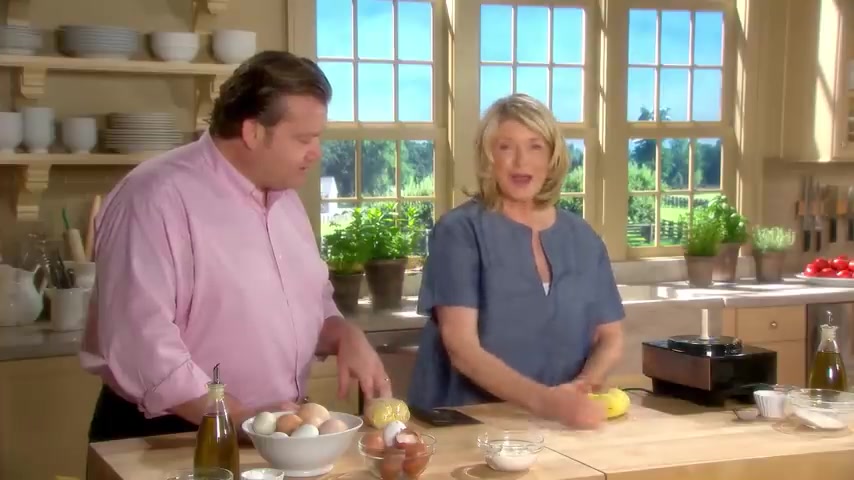
Because I think really , uh , it's with the key with anything , whether we're working it by hand or a machine , it's really less is more , well , it's the same .
I mean , pie crust .
I timed us .
It was about 13 minutes to make a pie crust by hand by hand .
And then it was about um it was about 90 seconds for a little bit of ice water and it comes together .
So this is very , very nice already .
OK .
But see , this is gonna take less time .
She is starting to smooth out .
My grandmother made all our own noodles with a great big dowel long before the food processor .
So it's nice .
OK .
So yes , we should .
So here we have your dough , which is so beautiful .
And again , we have , you can have this hand craning roller .
I'll do some on this and you can , you can show how fast you do it on that .
Do you use regular flour or do you use selina flour when we're rolling ?
Especially with ravioli .
We don't want to put uh anything but the product that we're using with , with the uh with the dough .
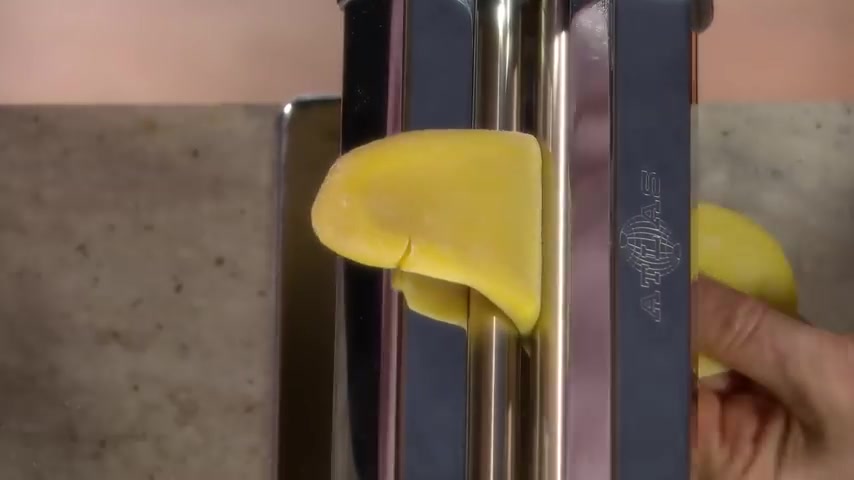
So this is all double zero So we will do the same .
And I do , you fold it over once or twice , once or twice just to get a little uh , rigidity texture .
And then , uh I've been making pasta for so long .
I have pictures of me years and years ago in my kitchen using this hand ranker before that machine out .
So , to what thinness do we want for ?
Um , your ravioli , I , I would say probably about six .
Ok .
Sometimes when you're , when you're rolling pasta , uh the fact that it's , it , it has elasticity to it , it bounces back and so you might do it too on the same number and you'll have a thinner .
Sometimes people jump right to the lower number .
Oh , no , I do it a couple times .
You do it a couple times because it , it really helps it .
Uh not to um see it's coming out nicely .
It's a beautiful color .
Uh Do you dry your pasta at all ?
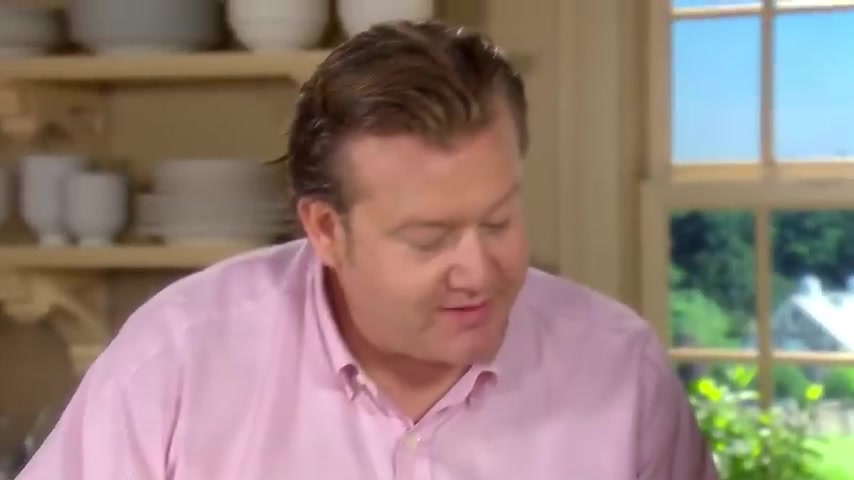
You know , if we're gonna cut it a long pasta , you want to let it air dry a bit to get uh a dry surface .
So it cuts sharply .
I'm not , not super dry though because if you let it dry too much , it will snap when you , when you cut it just , the outer surface has to be a bit uh a bit dry .
What you're really doing is pressing your toe pressing rather than , you know , you're rolling and pressing at the same time with a lot of pressure that you possibly do with your , with your hands .
And , and the reason why you want it thin is because there's so many closures to it .
Uh a pasta that's , that has uh one length , but when you fold something together , then you have two layers .
And so therefore , it has to be a very tender flour to , to compensate for that thickness .
And so now we're going to take our beautiful sheets of translucent pasta and create ravioli .
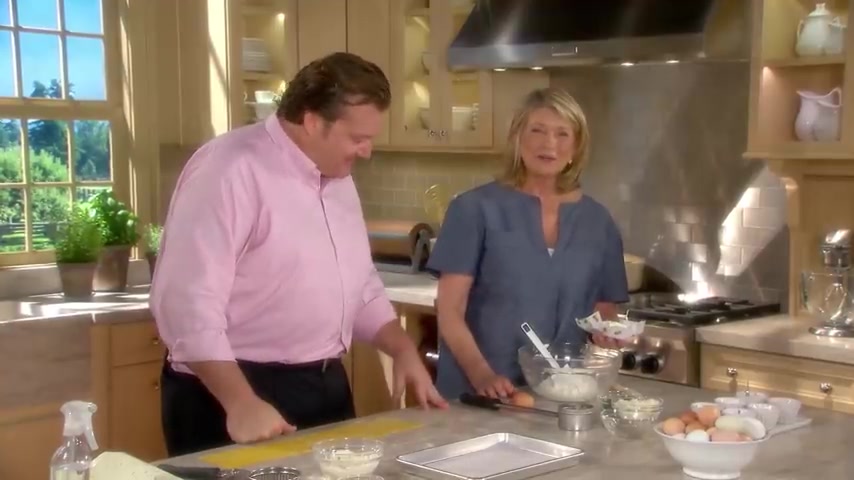
There are many different types of filled pasta , tortelli , tortellini cap , endless , endless , endless .
Can you name a few more ?
They're just , it sounds like in fog in these pastas can be filled with ricotta cheese with um meat , meat mixtures , vegetables .
Uh but Michael has a favorite .
Uh and I , I love this one made with Roo cheese and Parmesan is a cow and milk cheese that comes from Italy uh pied to be exact .
It almost has the texture of cream cheese .
Yeah , very tasty cheese and it's addictive .
Uh So six packages of Rovio um and some a half a cup of grated Parmesan and all of this parsley uh just really up to you and and this is what we would call the filling uh parsley .
Yeah .
And well , uh may I add an egg of an egg ?
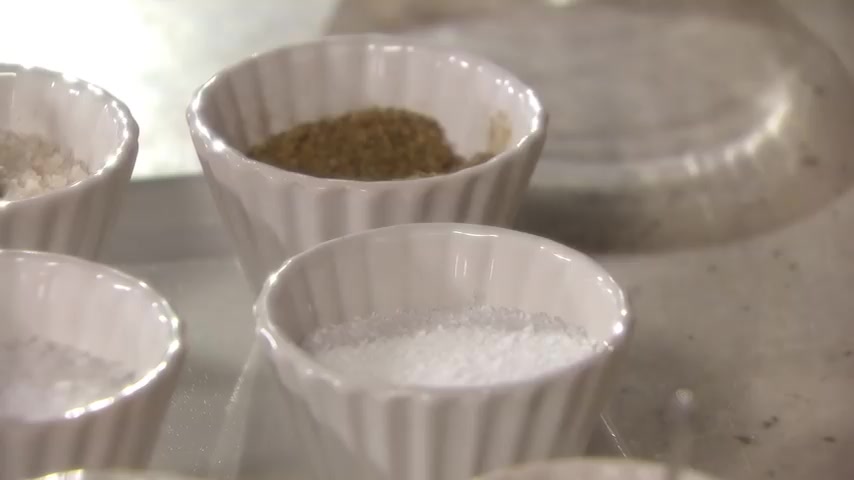
And the reason for adding an egg is the fact that when it cooks it will solidify .
And therefore the rubio being a very high butterfat cheese would just liquefy inside the ravioli .
A little bit of salt and pepper .
Absolutely fine .
Sure .
A little grating of nutmeg , uh , which is ubiquitous and , and , uh , ravioli in the north of Italy .
So this looks very good , perfect color .
Very nice .
We're going to make the first , uh , set of ravioli .
We've taken this filling , we put it inside here inside a bag .
Ok .
You could , you could do dollops to the spoon or if you had a pastry .
So you're spraying the past because it got a little dry .
It got a little dry and this will help close it .
Oh , good .
Yeah .
Make it a little .
Exactly .
I , I feel sometimes people , they want to add egg wash or these , that's really not necessary .
So , you're gonna fold this over here .
I'm gonna go forward where we could do this and this is a quick way to do it at home .
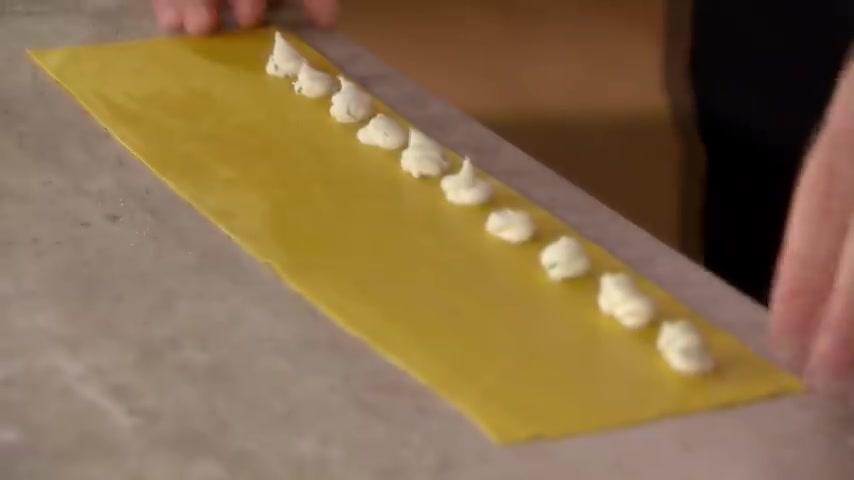
But you could also cut a strip and lay it on top of that becomes a little bit more and we'll , we'll go forward and then we'll go in between these .
Ok .
Oh , so you're making smallish .
We're making small , little ravioli and this would be beautiful for a soup or any kind of summer type , um , sauce .
And then we could , um , and do you always use the , um , zigzag ?
We , what we do is that the , the front part of it should be zigzag .
It really adds kind of that edge that I know for sure that it's closed because I don't have another piece of pasta over the top of it .
I didn't go around in circles and then we can do a couple of different things .
Number one , you can make them like this .
I love that .
I have never done that .
And then you can just do straight like this .
Ok .
And so done ravioli and you have little , little ravioli .
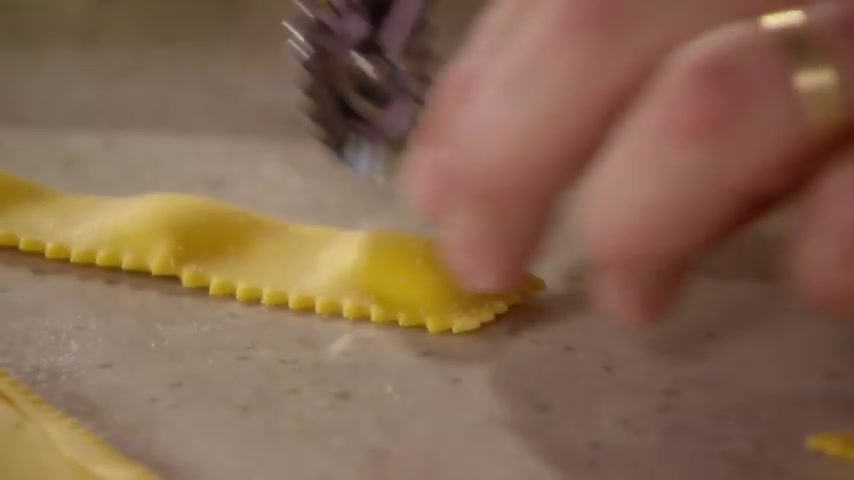
But the other thing we could do pillows is if you're doing a little sauce , let , let's say this would be fabulous with butter and sage or a little bit of melted butter .
But what we could do is we could fold this forward like that and then this is called an anti .
And what this does , that's perfect .
We have a little pocket and the sauce goes inside here like this .
So you just keep going like that and we can go forward , I'll show you another way of doing that as well .
And this is a traditional and that's very nice .
I like this and , and this is what we call la la or the lip and this picks up sauce .
So I would like to make a ravioli for you and ravioli olo mean large .
And so what we'll do is we'll go just like this .
Mm .
That much .
OK .
And what we're gonna do is we're gonna make an area .
Can I put a yolk ?
Just the , just the yolk ?
So there's no inside uh this is very interesting .
It's a very like a little spot on the bottom , so it has something to rest on .
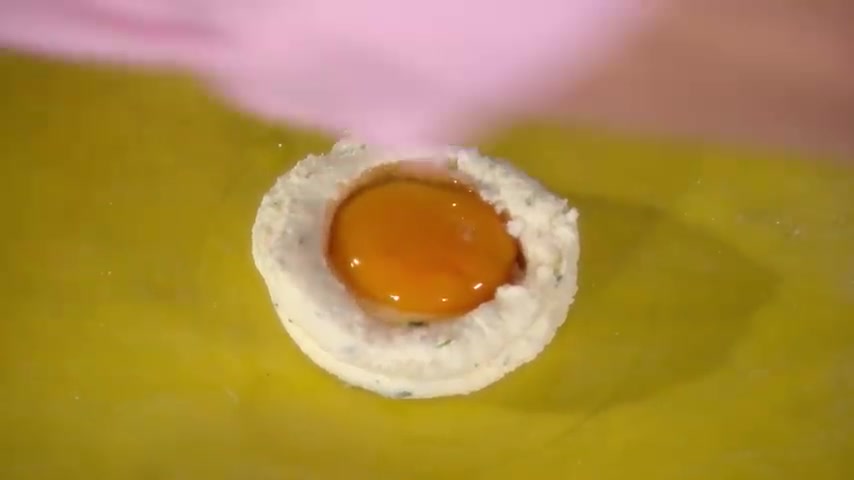
Ok , perfect .
And we'll take a look a little bit of salt , a little bit of salt .
Ok .
A little bit of pepper .
Perfect , please .
Ok .
Now we'll do the spray again .
Perfect .
Ok .
And then we'll go over the top and then what we do is we use this again going like this and it makes a nice round but look how beautiful .
And then this is pasta making at its best like this .
And this is a fabulous brunch item and you just go just like that .
And this takes about four minutes in the water .
And I would recommend sauteing some asparagus spears , maybe a little tomato con melted butter basil and you just strew that over the top of it .
And when you boil it and you crack it , the liquid egg yolk comes out ravioli with ravioli and egg .
How great .
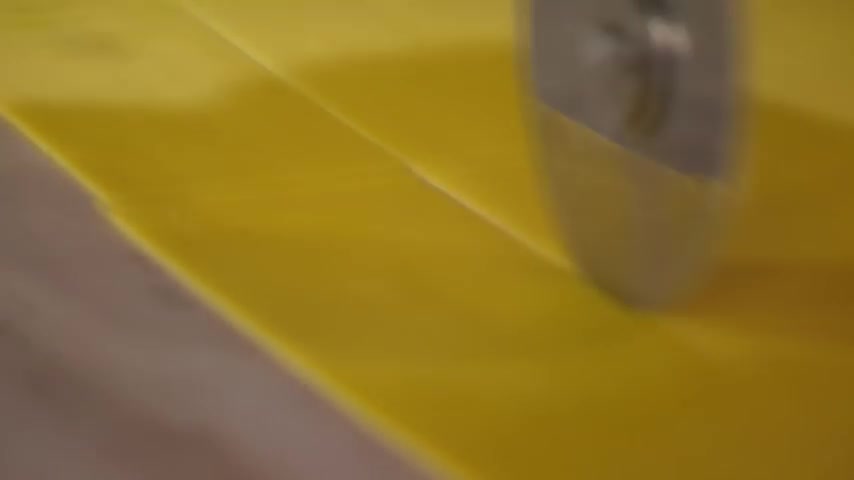
So now there are three other filled pastas that Michael white is gonna show us how to form uh using this beautiful eggy pasta dough , double zero , double zero pasta dough .
The reason why we're using double zero is the fact that that we're doing many , many folds here .
As you can see , we start with the , with the triangle which we'll make now , but it has four thicknesses here .
So it has to be a very , very tender flour .
OK ?
So we'll start by making Tortelli , which are about three inches wide .
Now , do you ever use a ruler ?
This is , uh , after 23 years of , uh , so if you're a beginner , you could use a ruler as a straight edge too and you don't , uh , it , it's , it's , it will save you time .
We wanna straighten these up .
And so what we'll do is we'll put down a nice portion of this and for an entree , this is probably 10 , 10 , 12 pieces , maybe more .
And what we'll do is we'll give him a quick spray .
Pardon ?
Reach ?
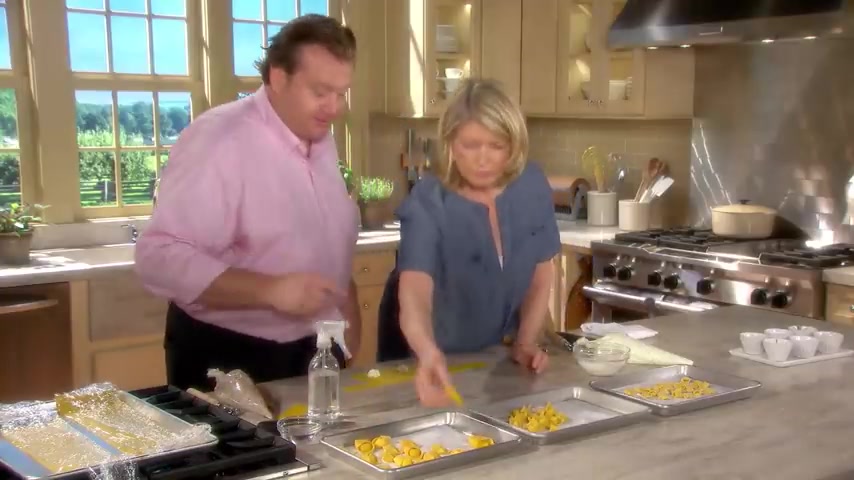
And then we're just gonna go up .
So spraying is so much faster than brush , brush .
So equal right at the right to the top , right to the top and then we'll get all that air out .
So this is what we start with .
Ok .
Ok .
I'm gonna show you two different types of tortelli .
This is the more rustic way where you just do a closure such as this and then we lay them flat .
These are a little bit bigger .
So that's nice .
Just flat .
That's a very classic way .
That's kind of .
And at the restaurant we do one more little pinch .
So what we do is the same as this .
But then if I hold it like this , I'm going to pinch it like that .
Oh I like that just like that .
Perfect .
And then , and then I'm going to go right around my finger .
Oh , yes .
That's very nice .
It's like a little of a pope .
Exactly .
And this is the pope's hat .
The little means cake .
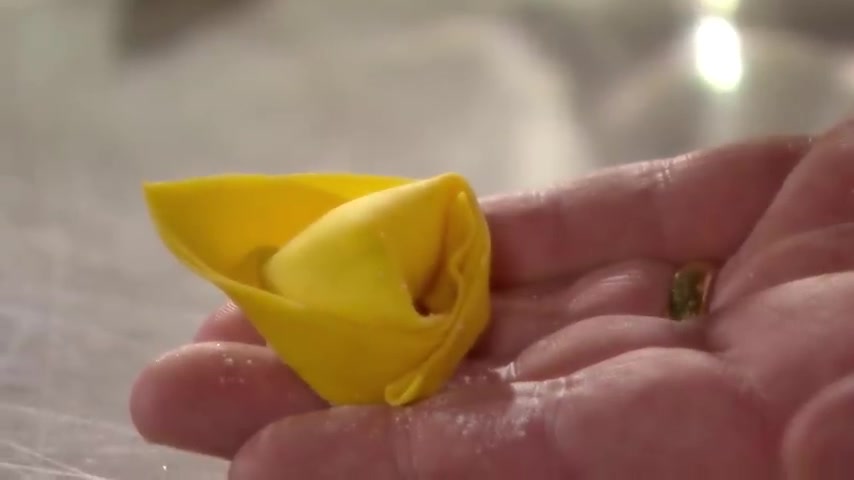
So this is like a little cake .
Very nice .
We're gonna make these .
Now we're gonna make what these are called , Elachi Capaci filled with meat with meat .
Uh Capaci can also be filled with uh Z or squash .
And we put a little bit of pepper and chino inside and uh spiciness .
But what we'll do is we'll make some squares , any scraps like that .
Don't throw it away .
Chicken soup , chicken soup , just chicken soup .
And so what I would do is I would leave these out , let them air dry a bit and then just put them into a closed container and right into the , into the freezer and use them whenever you're ready for a quick pasta or , you know , added a little bit of starch to uh or if you're home alone .
Oh , exactly .
And want some pasta .
You have it made all the scraps .
What a delicious thing .
So , what we've done is made squares again , what a simpler solution to the brushing .
OK .
So this is what kind of meat .
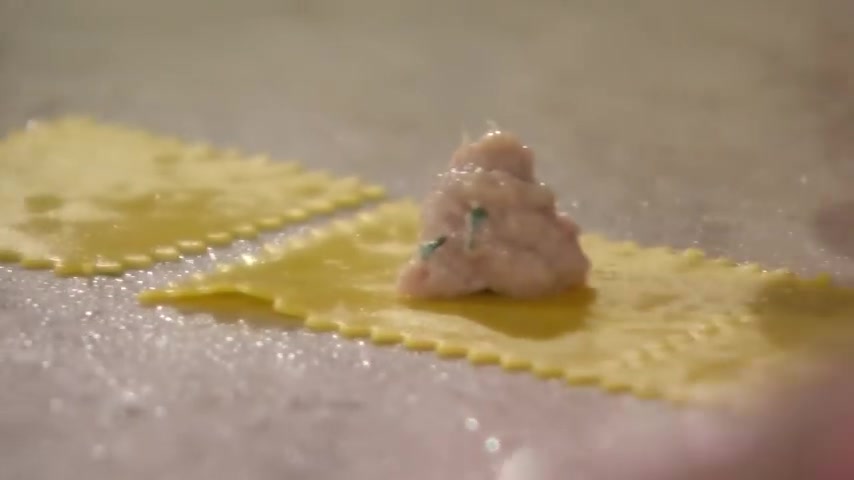
So this is uh this is a filling that has a bit of parmigiano and uh Mortadella , all different types of meats .
And so what we'll do is we'll go forward just like we did , we'll close it just like them .
So then what we do is we go under .
So you make a little , a little indentation like a pillow .
Exactly .
And then you walk it forward like this like that like that , you know , just like that .
Then we walk forward and like this and it's like a little cup , a little hat , a baby pot , baby po pat .
And now we're gonna make these little teeny .
Oh , here we go .
What are they called ?
These are called to .
Ok .
And these are the pasta namesake of uh Bologna .
OK .
So you want very thin pasta but very small squares , small squares are these filled with meat or cheese .
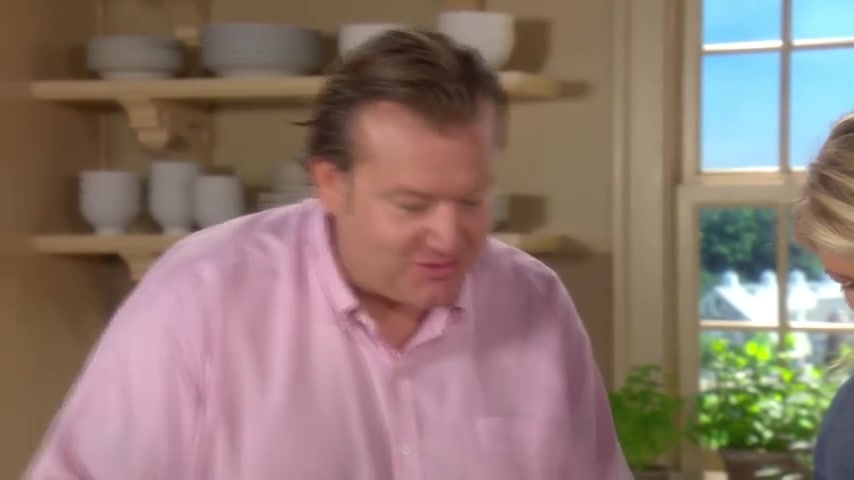
We do cheese , we do cheese this time , but traditionally is a , is a mixture of mortadella and prosciutto , copious amounts of parmigiano and a little bit of nutmeg but no exact edges on these .
These are great .
So we do the same as this .
We can do a couple of different ones .
We'll do it .
We'll show you the simple one .
Exactly .
The , the great part about this kind of pasta is is that it can be frozen .
So after making this , what we do is uh leave it uncovered and we'll put in the freezer on a small tray like this freeze and we can put it into storage bags .
These work so well perfect , very nice .
And next , we're going to show you how to make long strand of pasta .
There are many different types of long stranded pastas , spaghetti , fettuccini , pale Tagliatelle or Tagliolini .
And when making long stranded pastas .
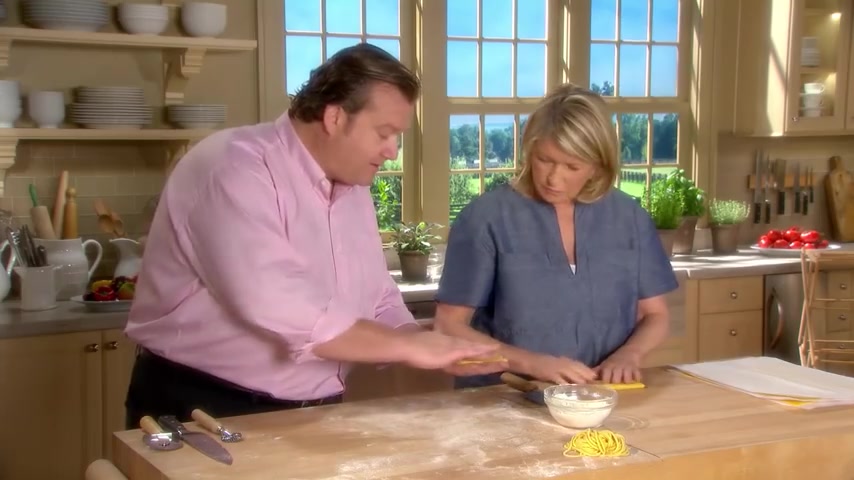
Michael likes to add a bit of semolina flour to give the dough a little bit more structure .
A little bit more texture .
Help it be a little bit .
Um is the southern equivalent to .
Right .
Exactly .
OK .
And so you use a thin pasta .
This is like number six , this is number six on the machine and we fold towards you and away from you .
Then we bring these two together a little bit of semolina .
And so we'll , we'll take the first one , clean it up a little bit and then fettuccini and it has to be a bit dry like this .
See how nice and sharp it is and clean .
Fantastic .
We'll bring this together like grandma's .
No , these are , we can also make lasagna sheets .
This is once you make one type of pasta , we can use it for many , many applications .
Lasagna really is in its form right now .
I like to blanche this just for maybe a minute or so .
Shock it in ice water and then you can start to layer sheets of this pasta .
Oh , so shock it in ice water .
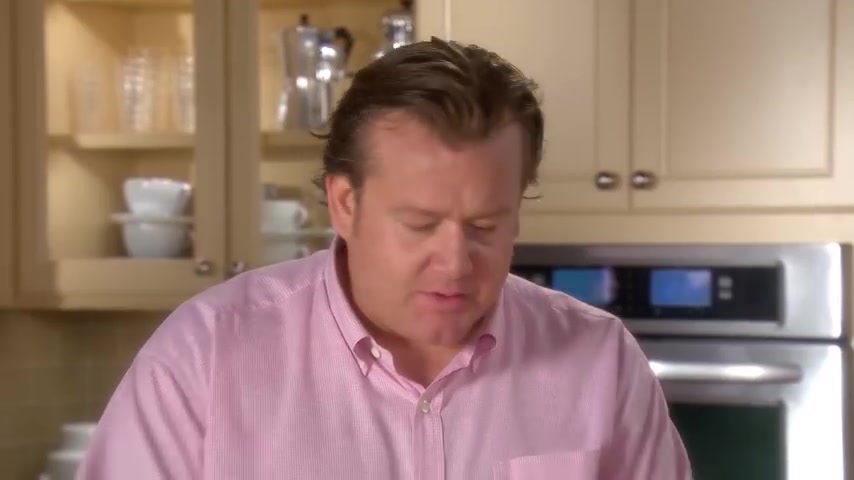
That'll keep it from sticking .
Exactly .
Or you could use a , that was a little bit more liquidy and then you wouldn't have to cook it in the moisture that cooks out of the , from the edges so that they're nice and straight or doesn't , it really doesn't matter because once it gets all put together and we would go this way this way , this way to cover one sheet .
But the next sheet of pasta I would go this way .
I go this way .
So when you cut inside it never , it never , it never separates .
You create structure both ways .
We'll also do some fun shapes such as Papper Deli .
Popper Deli should be zigzagged .
And these are a great pasta for wild mushroom Ragu , wild boar , Ragu who's gonna find a wild , you don't have one up at the farm .
No .
Oh , ok .
All right .
And , uh , at any rate we have these so long should be .
Well , there are two different types of pali , these are really difficult to eat , although you will find them that long .
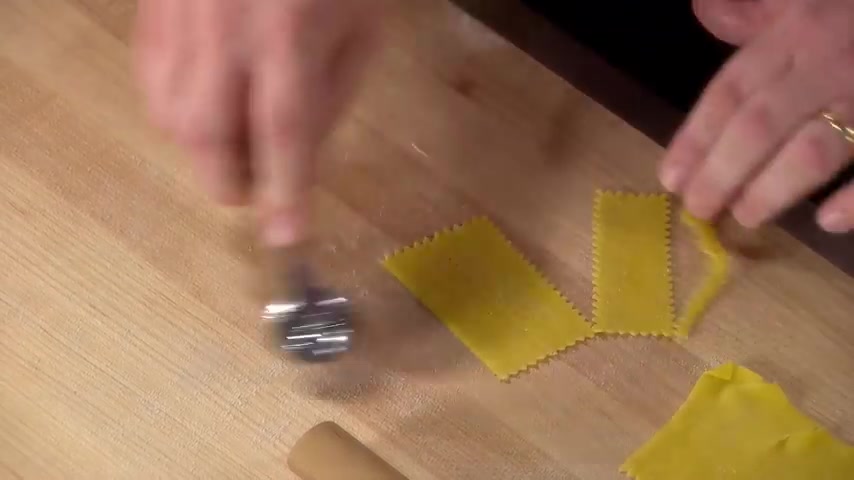
What I like to do is what we call stray and stray are about four inches long .
And , uh , what we do is off the machine , we do 11 cut down the middle and then we do short ones like this .
You get the same effect and mouth feel , but you don't get the , the cumbersome , you know , sloppiness of the pasta .
So really nice , a little bit shorter such as this .
And then it's really about , um , about utilizing all the different you want .
Very fine nose .
You can also do that .
Exactly .
This is Taulli .
So we'll go to the machine , we could do the spaghetti .
I need a rolling pin and I'll tell you why .
This is a little trick , the rolling pin on the front end of this because it is thick .
Oh , I see .
Makes it , it goes into the machine better .
A bit better and it goes in for you like that .
Oh , fuck .
Is that there you are ?
We'll do that again .
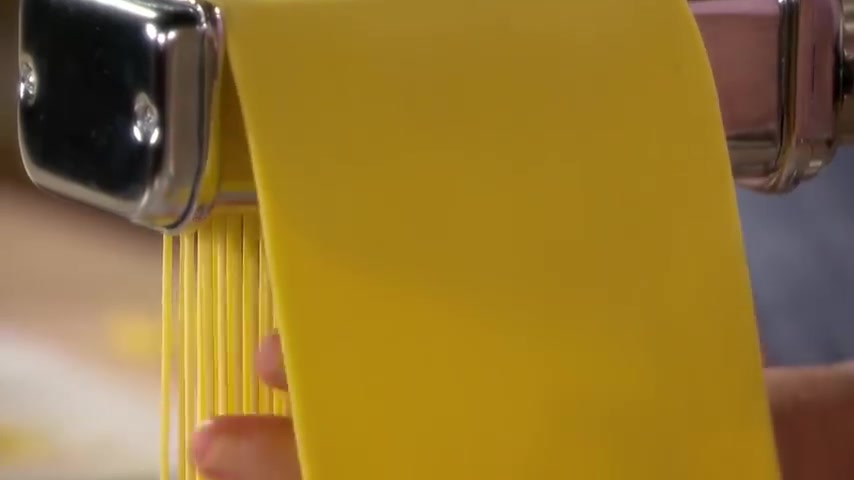
Yes , you can't , you have to hold it , you have to hold , it doesn't wait for anybody .
We'll start on this side because it tends to walk to the other side .
Gorgeous .
Now , I sometimes just take it like that and hang it over a rack .
You absolutely can do that and use it for another time .
Yeah , I would hang it over .
All right .
Just , uh , just so cooking time , I'll , I'll use that and that way it's not sticking together on the board .
This is going to be , these are so it will be a pasta .
Oh , this is like almost like uh spaghetti , spaghetti .
Exactly .
But thin and we'll change up now and we'll do some tele or fettuccini if you will .
So let's show the hand crank machine because this probably more people have this machine than any other .
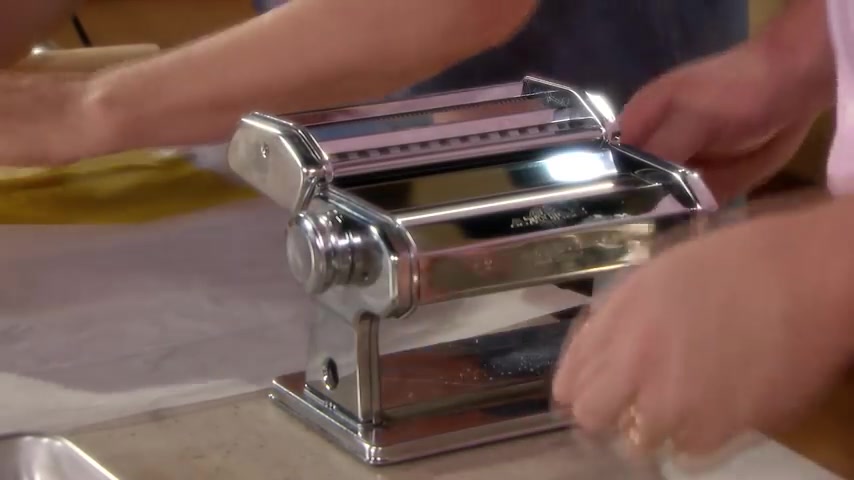
This machine has been around for years and is , is really part of the fabric of Italian cooking , uh especially for fresh pasta , making a little bit of bench .
And I really want you to feel this again because you see the , it has flour but it , it has a little , just a little bit of sand , which is so what percent semolina to double zero , if you're going to do a cup of bench flour , I would say maybe a quarter cup , semolina and a three quarter cup , uh , of regular , uh , double zero , all purpose there .
And this is the way I've made pasta for many , many years .
And there's something about doing it by hand though .
You know , it's fun .
It's fun .
But isn't that absolutely beautiful ?
That's , uh , tali .
Right .
Tell you , tell , or if we're in the south we'd call it fettuccini .
But fettuccini in reality is just a bit wider than , than , and how do you make your fettuccini sauce ?
Well , are you talking about the , the , the classic , all the Alfredo sauce .
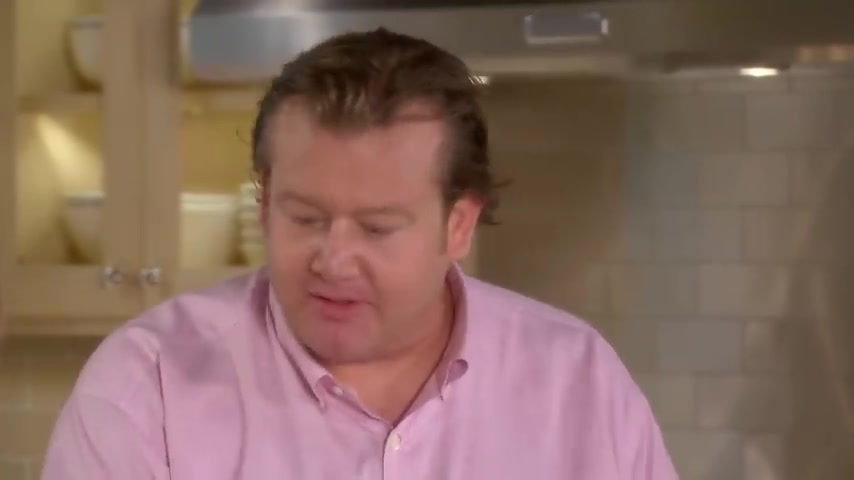
Do you ever make that ?
Well , I , I tell you in the restaurants people do ask for it but it is , uh , it is really what we would call in bologna or with cream and some people put a little bit of nutmeg in it .
Some people put it , you know , maybe a bit of , uh , garlic .
I've seen all these types of things , but we try to tend to stay away from those , but there is something soothing and comforting on a cold night with cheese .
We'll do , we'll make some of the , the capellini with parmigiano cheese , nutmegging cream and butter as well .
Um , there we go .
Here we are .
And now these are capellini which really have to have a very , uh , thin sauce .
Something that doesn't weight the pasta down because it is very delicate .
Oh , that is so beautiful .
Or angel hair .
Exactly .

A little bit of , or Pecorino , Romano black pepper and a little bit of pasta water and you can be off to the races with , uh , with a very , very quick baby , Jude's favorite pasta .
There we are , baby .
Yeah , baby .
Yeah , she's 14 months old and loves .
That's her .
That's awesome .
That's great .
So , this is , this looks like uh Goldilocks's hair and if you're gonna do a soup or something like that .
So Michael , uh thank you very much for sharing in this lesson and I hope you at home will try making your own pasta .
You'll find it's well worth the effort and it's a lot of fun .
See you next time .
Are you looking for a way to reach a wider audience and get more views on your videos?
Our innovative video to text transcribing service can help you do just that.
We provide accurate transcriptions of your videos along with visual content that will help you attract new viewers and keep them engaged. Plus, our data analytics and ad campaign tools can help you monetize your content and maximize your revenue.
Let's partner up and take your video content to the next level!
Contact us today to learn more.